Wreath
View All Tags
One of the most famous types of wreaths was the laurel wreath, which became the symbol of victory and triumph. This association began with the Greek hero Apollo, who was often depicted with a laurel wreath as a sign of his divine status and connection to success and achievement. The Pythian Games, one of the major athletic festivals in ancient Greece, awarded victors with a laurel wreath, solidifying its connection to success and excellence. The laurel wreath was also given to military leaders or generals who returned victorious from battle, embodying the honor and glory of their accomplishments.
The olive wreath had its own prominent symbolism, particularly tied to Athena, the goddess of wisdom, war, and the city of Athens. According to myth, Athena gave the olive tree to the Athenians, and as such, the olive wreath became a symbol of peace, prosperity, and wisdom. Victors in the Panathenaic Games, a festival honoring Athena, were awarded olive wreaths, symbolizing their connection to the goddess and the ideals of the city. The olive tree was also sacred to Athena, reinforcing the association of the olive wreath with wisdom, peace, and divine favor.
In a more general sense, wreaths also represented immortality and eternity. Circular in shape with no beginning or end, the wreath was often seen as a symbol of the eternal cycle of life and death, and its use in religious rituals underscored this association. Wreaths were placed on altars, temples, or statues of gods as offerings, signifying a continuous connection to the divine. Moreover, wreaths were worn by individuals in funeral rites, suggesting a passage into the afterlife and the continuation of one’s legacy.
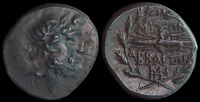
Abbaitis, Phrygia 200-100 BCE

Abydos, Troas 3rd century BCE
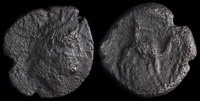
Adiabene, Mesopotamia 125-75 BCE
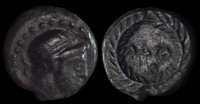
Adramyttion, Mysia 3rd century BCE
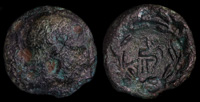
Aegira, Achaia 369-330 BCE
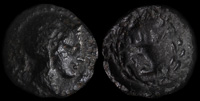
Aigeira, Achaia 360-330 BCE
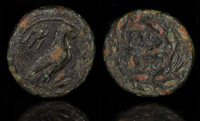
Alexander I Molossos 334-331 BCE
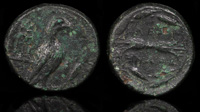
Alexander I Molossos 334-332 BCE
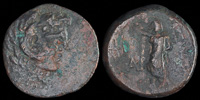
Alexandria ad Issum 2nd-1st century BCE
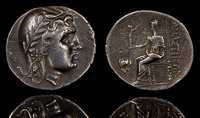
Amastris 285-250 BCE
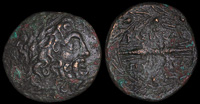
Ambrakia, Epeiros 278-275 BCE
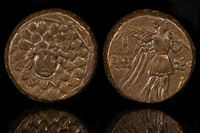
Amisos, Pontos 120-63 BCE
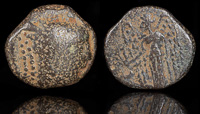
Aretas II 129-104 BCE
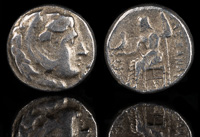
Aspesias 316-311 BCE
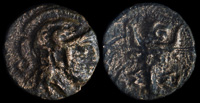
Assos, Troas 350-300 BCE
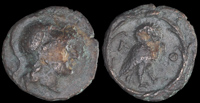
Athens, Attica 130-90 BCE
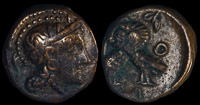
Athens, Attica 307-300 BCE
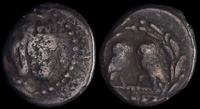
Athens, Attica 322/17-307 BCE
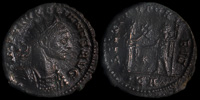
Aurelian 270-275 CE
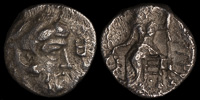
Bambye-Manbog 330 BCE
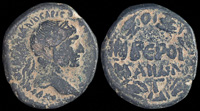
Beroea, Cyrrhestica 98-117 CE
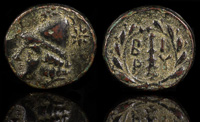
Birytis, Troas 4th-3rd cent BCE
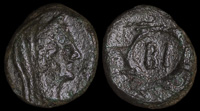
Bisanthe, Thrace 300-200 BCE
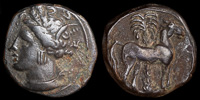
Carthage 400-350 BCE
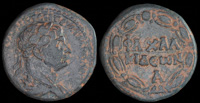
Chalcis, Chalcidice 98-117 CE
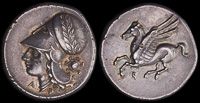
Corinth 350-306 BCE

Decapolis, Petra 117-138 CE

Decentius 351-353 CE

Dyme, Achaia 300-250 BCE

Elaia, Aeolis 340-330 BCE
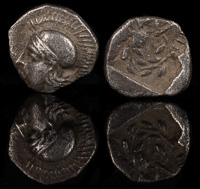
Elaia, Aiolis 350-320 BCE
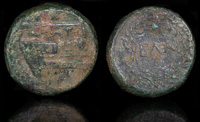
Elaios, Thrace 4th-3rd cent BCE
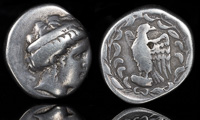
Elis, Olympia 111th Olympiad 336 BCE
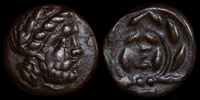
Epidauros, Argolis 3rd century BCE

Eumeneia, Phrygia before 133 BCE

Eurymenai, Thessaly 352-344 BCE

Evnostos of Soloi, ca 310 BCE
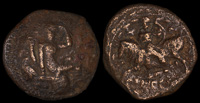
Gortyna, Crete 250-221 BCE
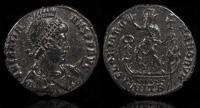
Gratian 379 CE

Herakleia Trachineia, Thessaly 370-344 BCE
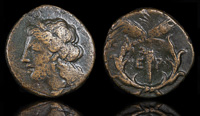
Hermione, Argolis 360-310 BCE
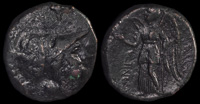
Hipponion, Bruttium 3rd century BCE

Ilion, Troas 301-281 BCE
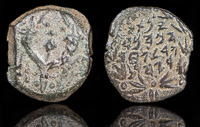
John Hyrcanus I 135-104 BCE

Jovian 363-364 CE

Julian II The Apostate 361-363 CE
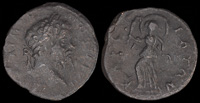
Kaphyai, Achaia 193-211 CE
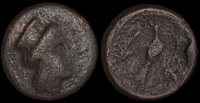
Kassope, Epeiros 342-325 BCE
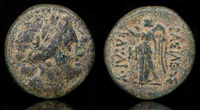
Kavaros 230-218 BCE
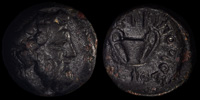
Ketriporis 356-352/1 BCE
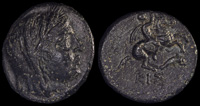
Kisthene, Mysia 4th century BCE
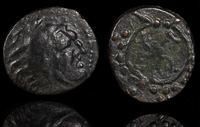
Kleonai, Argolis 320 BCE
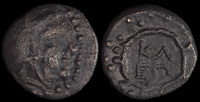
Kleonai, Argolis ca 320 BCE
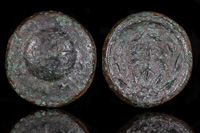
Kleopatra of Macedon 360-325 BCE
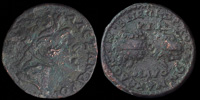
Koinon of Macedon 238-244 CE

Kys, Caria 2nd-1st century BCE
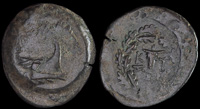
Kyzikos 300-200 BCE

Kyzikos, Mysia 300-200 BCE
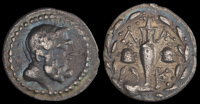
Lakedaimon (Sparta) 145-80s BCE
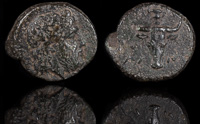
Lamponeia, Troas 4th cent BCE
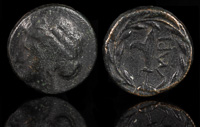
Larissa Kremaste, Thessaly 302-286 BCE
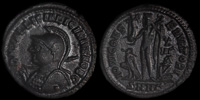
Licinius II 321-324 CE
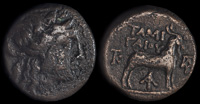
Macedon under Gaius Pubilius 168-167 BCE
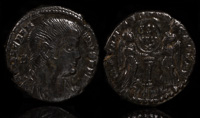
Magnentius 351 CE
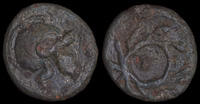
Maroneia 290-282 BCE
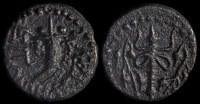
Mastaura, Lydia 100-0 BCE
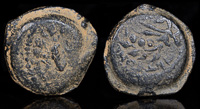
Mattathias Antigonos 40-37 BCE
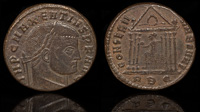
Maxentius 308-310 CE
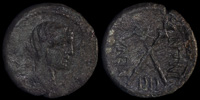
Menainon, Sicily 275-212 BCE
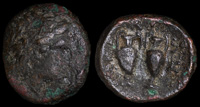
Mende, Macedon 400-350 BCE
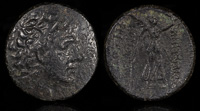
Mithradates VI 120-63 BCE
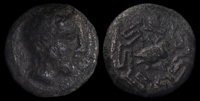
Myous, Ionia 400-380 BCE
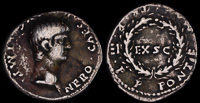
Nero 56-57 CE
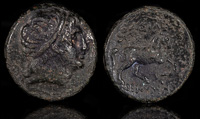
Nikomedes I 280-250 BCE

Nikomedes II 110/9 BCE

Nikomedes IV 92/91 BCE

Olbasa, Pisidia 235-238 CE

Orchomenos, Boeotia 395-364 BCE
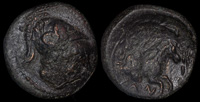
Orthe, Thessaly 4th-3rd cent BCE

Pamphylia, Perge 260-230 BCE

Parion, Mysia 350-300 BCE
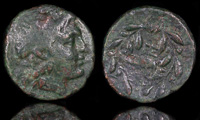
Pellene, Achaia 350-300 BCE
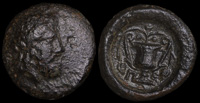
Peparethos, Thessaly 4th-3rd cent BCE
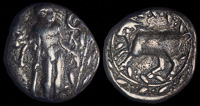
Phaistos, Crete 330-320 BCE
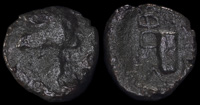
Philemon 405-340 BCE
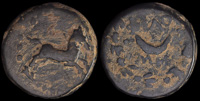
Philomelion, Phrygia Early 1st Century CE
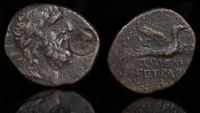
Ptolemaios 85-40 BCE
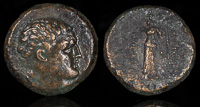
Pylaimenes 130 BCE
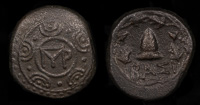
Pyrrhos 287-285 BCE or 274-273 BCE
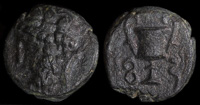
Sardis, Lydia 350-300 BCE
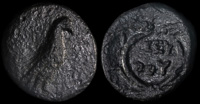
Seuthes III 323-316 BCE
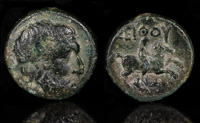
Seuthes III, Thrace 324-312 BCE

Sikyon 250-200 BCE

Sikyon 250-200 BCE
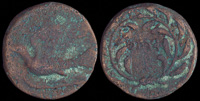
Sikyon 330-305 BCE
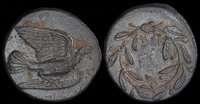
Sikyon 330-305 BCE
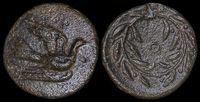
Sikyon 330-310/05 BCE

Sikyon 330-310/05 BCE
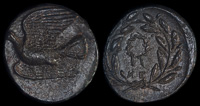
Sikyon 330-310/05 BCE
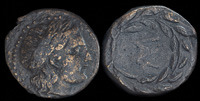
Sikyon 345/25 BCE
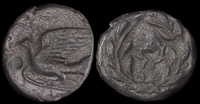
Sikyon, 330-310/5 BCE
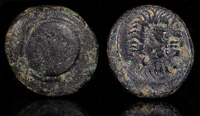
Stasioikos II of Marion 330-312 BCE
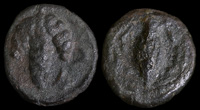
Syangela, Caria 300-275 BCE

Teanum Sidicinum, Campania 265-240 BCE
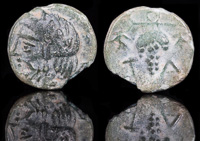
Temnos, Aeolis 3rd century BCE
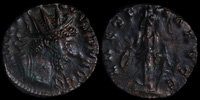
Tetricus 272-273 CE

The Thesproti, Epeiros 335-325 BCE
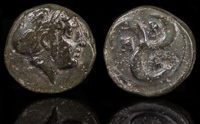
Thebe, Mysia 300-200 BCE

Thessalonika, Macedon 187-167 BCE
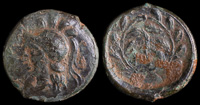
Thyrrheion, Akarnania 350-300 BCE
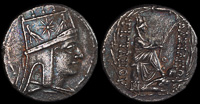
Tigranes II 80-68 BCE
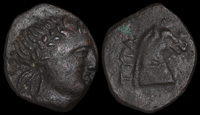
Tyra, Scythia 310-300 BCE

Valentinian I 364-375 CE
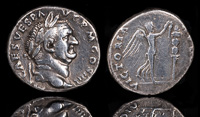
Vespasian 69-79 CE
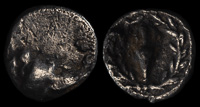
Zakynthos 400-350 BCE
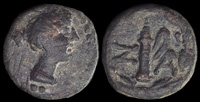
Zakynthos, Islands off Elis 2nd-1st c BCE
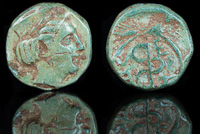
Zeleia, Troas 4th Century BCE
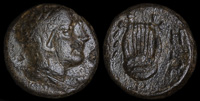
Zone, Thrace 375-350 BCE
